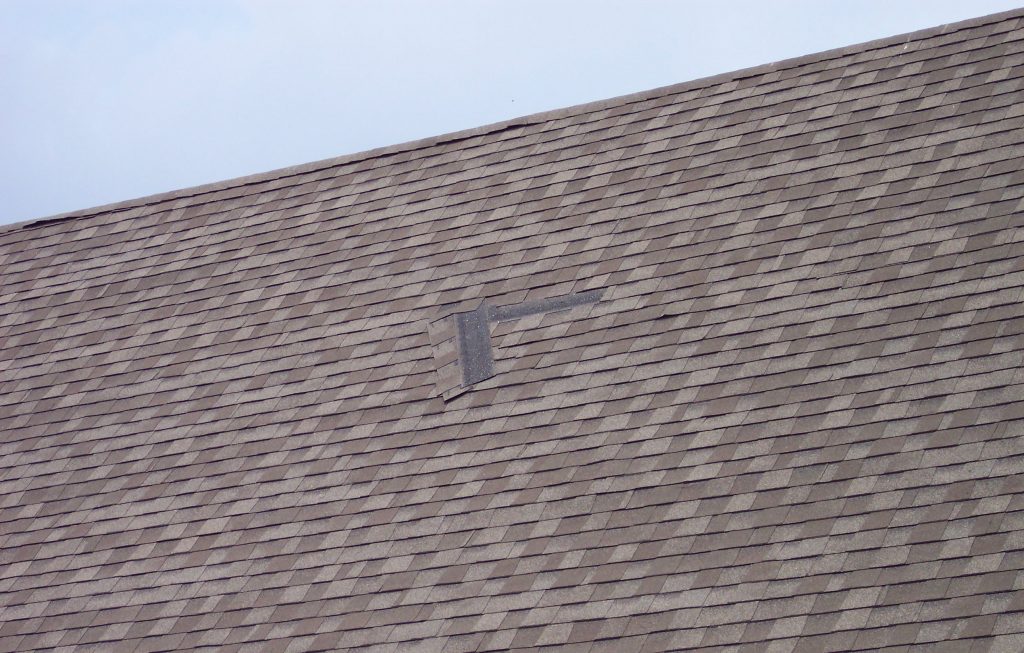A lot of things can happen in the year between regularly scheduled inspections and maintenance, sometimes resulting in damage that goes unnoticed long enough to cause major problems. Roof damage isn’t always obvious and many serious signs of damage can be easily missed if you don’t know what to look for, especially if you aren’t even looking.
Performing a self-inspection every now and then throughout the year is not a bad idea and can alleviate the risk of missing a roof problem that can be fixed cheaply if caught early enough. Especially older roofs and after strong storms, because the basic truth is like many things in life, the sooner a problem is found and fixed, the better.
Homeowners can perform a quick, low-level inspection themselves without needing a ladder and safety equipment, simply by looking for signs of roof problems by examining the interior ceilings and attic area (if accessible) and even the outside roof, without your feet ever leaving the ground.
A quick visual inspection of your interior ceilings isn’t difficult and you don’t need a roofing expert to see things like:
- Sagging areas
- Active leaks or signs that an area is leaking
- Dark spots
- Light seeping through the roof.
When doing your inspection be sure to make note of any damage you find, no matter how small or innocuous it may look and then head outside to see how it looks out there.
On many homes, you can see quite a bit from the ground, getting on a roof is dangerous without the appropriate safety equipment, so let’s not consider that at all.
From the ground, look at the roof exterior, noting things like damaged flashing, buckled, missing, blistering, rotting or curled shingles and things like algae growth. Especially when it comes to shingles, many people wouldn’t consider a few loose and/or missing shingles a big problem but if it’s not corrected quickly, even a few missing shingles can devastate a roof.
- Look as close as you can at the shingles, look for cracking, bald, or missing shingles.
- Look around for loose roofing material on the ground (like shingle granules) or wear around the chimneys, pipes and vents, where visible.
- Inspect the bottom of the gutter downspouts looking for excessive shingle granules or pieces as this is a sign of wear.
- Examine the drainage system itself, checking that gutters and downspouts are properly attached and free and clear of debris.
- Look for signs of moisture, mold/fungi, or rot. Don’t just check damaged areas as water will travel from the damaged area to other parts of the roof causing mold, fungi, and bacteria growth within 48 hours of exposure.
- Make sure ventilation from interior rooms such as the bathroom, kitchen, or other high humidity areas go directly outside and not into your attic. Ventilation problems are tricky to see but if you have obvious signs like moisture buildup on windows, you may want to call in a pro.
A professional roof inspection is warranted if you notice any of these issues. The good news is, in many cases, a new roof isn’t always the answer! There are many factors to consider when deciding repairs vs new roof and having a professional roof contractor perform a full inspection and take the time to explain your options will give you all the answers you need.
Call Atlanta Roofing Specialists in Metro Atlanta for your FREE roof inspection and estimate at 770-419-2222!

